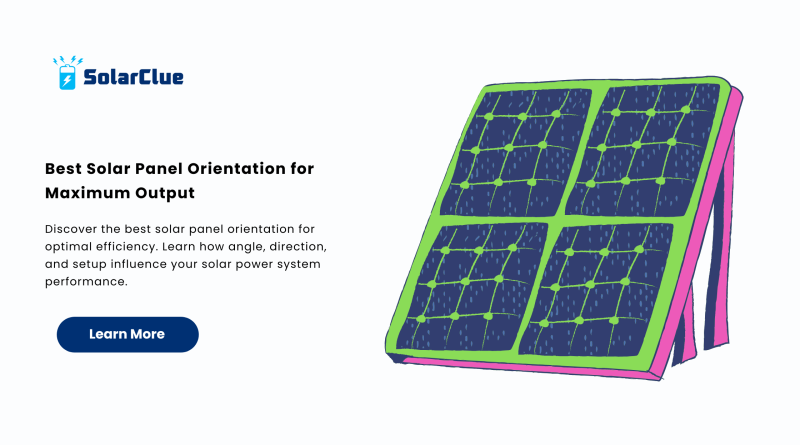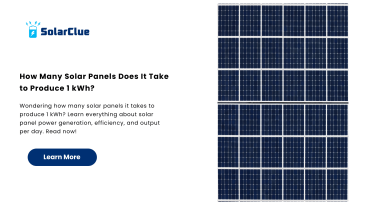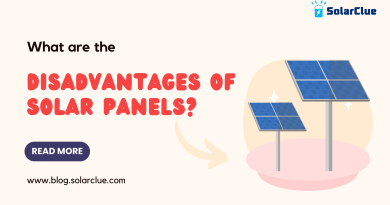Best Solar Panel Orientation for Maximum Output
Understanding the best solar panel orientation is essential to maximizing the efficiency and output of your solar power system. Whether you’re installing a solar panel for home use or a commercial project, the direction and angle of your panels can significantly influence performance. In this guide, we’ll break down everything you need to know to get the most energy from your setup.
Why Solar Panel Orientation Matters
The orientation of your solar panel—meaning the direction and tilt angle at which it is installed—determines how much sunlight it captures throughout the day. More sunlight means more power, which directly affects the efficiency and cost-effectiveness of your solar power system.
Table of Contents
- 1 Understanding Direction: North, South, East, or West?
- 2 Tilt Angle: How Steep Should Your Solar Panel Be?
- 3 Fixed vs. Tracking Mount Systems
- 4 Geographic Location and Its Impact
- 5 Roof Type and Structural Considerations
- 6 Shadow and Obstruction Management
- 7 The Role of Solar Inverters
- 8 Maintenance Tips for Optimal Orientation Efficiency
- 9 Solar Panel Orientation for Off-Grid Systems
- 10 Smart Solar: Using Technology for Enhanced Orientation
- 11 FAQs
- 12 Conclusion
Understanding Direction: North, South, East, or West?
Best Direction in the Northern Hemisphere
In the Northern Hemisphere (including India), solar panels should ideally face true south. This ensures maximum exposure to the sun throughout the day. South-facing panels receive consistent sunlight from morning to evening, making them the most effective orientation.
What About East or West?
If a true south orientation isn’t possible, east- or west-facing panels can still produce good results, especially when energy needs are higher in the morning or evening. However, efficiency may drop by about 15% compared to south-facing installations.
Tilt Angle: How Steep Should Your Solar Panel Be?

The tilt angle is just as important as the direction. Ideally, the tilt should equal your latitude. For example, if you’re in Bangalore (latitude ~13°), your solar panel for home should be tilted at around 13°.
Seasonal Adjustments
Some systems allow for adjustable tilt angles. In summer, a shallower tilt helps panels absorb high sun. In winter, a steeper tilt can capture lower-angled sunlight more effectively.
Fixed vs. Tracking Mount Systems
Fixed Mounts
These are the most common. They’re affordable and have fewer moving parts. The orientation is set during installation and doesn’t change.
Tracking Mounts
These follow the sun’s movement throughout the day. While more expensive, they can increase energy output by 25-35% compared to fixed systems, especially useful if space is limited and you want to get the best solar panel output.
Geographic Location and Its Impact
Impact by Region
Your location affects sunlight hours and sun angle. For example:
- Northern India: Moderate angles, south orientation
- Southern India: Shallow angles, south orientation
- Hilly regions: May require custom tilt adjustments due to terrain
Roof Type and Structural Considerations
Flat roofs may need mounting racks to get the correct tilt. Sloped roofs might already align well but may require panel placement adjustments for optimum performance. It’s essential to consult a professional installer to determine what’s best for your building.
Shadow and Obstruction Management
Avoiding shadows from trees, chimneys, or nearby buildings is crucial. Even partial shading can drastically reduce your panel’s efficiency. During installation, a solar expert should conduct a shading analysis to ensure full-day exposure.
The Role of Solar Inverters
While orientation primarily affects the panels, choosing a quality inverter ensures that energy conversion is efficient. Even if your orientation is slightly off-optimum, a high-quality inverter can help you get the best performance possible.
Maintenance Tips for Optimal Orientation Efficiency
Even the best solar panel won’t work effectively if it’s dirty. Clean your panels regularly, especially in dusty or polluted environments. Ensure they’re free from debris and snow in colder climates.
Solar Panel Orientation for Off-Grid Systems
For off-grid setups, daily and seasonal power needs are more variable. In such cases, a hybrid approach—adjustable mounts or even dual orientations—might be the best strategy to ensure consistent power year-round.
Smart Solar: Using Technology for Enhanced Orientation
Modern solar monitoring systems can help track energy production and panel performance. These insights can inform whether reorienting or cleaning panels can improve results.
FAQs
1. What is the best orientation for solar panels in India?
Panels should ideally face true south for maximum exposure and efficiency.
2. Can solar panels face east or west?
Yes, but they may produce about 15% less energy than south-facing panels.
3. How do I determine the right tilt angle for my location?
Use your latitude as a guide. For example, if you’re at 20° latitude, tilt your panels at 20°.
4. Are tracking mounts worth it?
If space is limited and budget allows, tracking mounts can improve output by up to 35%.
5. Do shadows really matter?
Absolutely. Even a small shadow can significantly reduce a panel’s energy production.
Conclusion
Choosing the best solar panel orientation is a foundational step in achieving maximum energy efficiency. From tilt angle to direction and tracking systems to shadow management, every element plays a vital role. By considering your geographic location, roof type, and power needs, you can ensure your solar power system performs at its peak.
Ready to power your home with the advantages of solar panels? Find top-quality solutions tailored to your needs at SolarClue.com and explore in-depth guides at blog.solarclue.com.
Start your journey to cleaner, smarter energy today—your roof deserves the sunshine!




